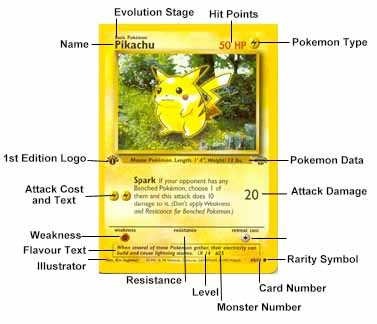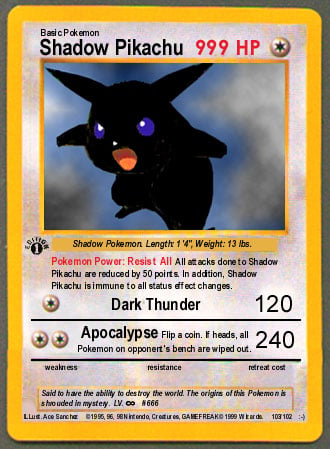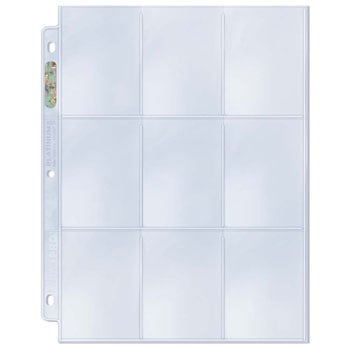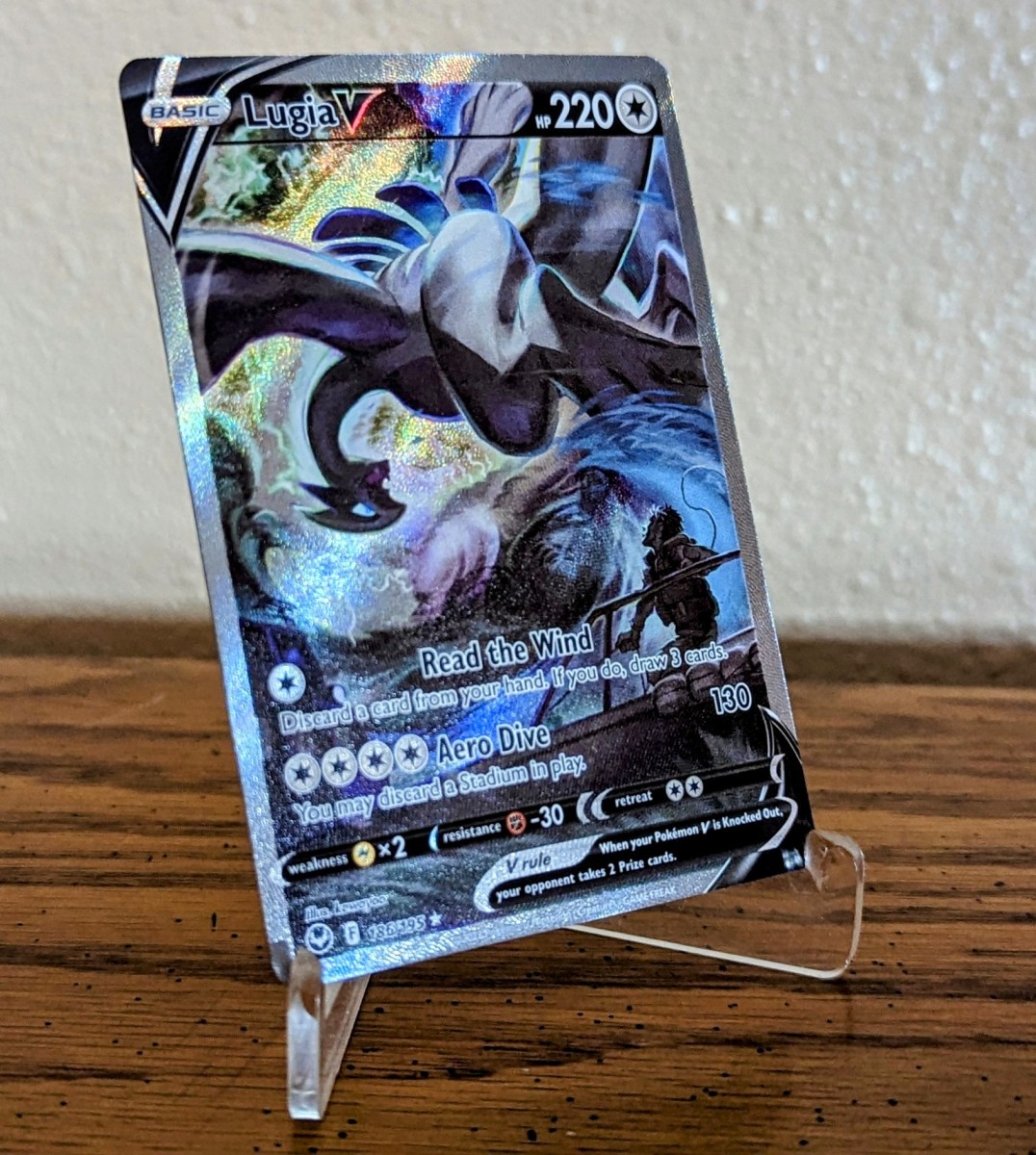Pokémon Card Collecting - An Introduction

Since its American debut in 1998, Pokémon trading cards have gained millions of fans, players, and collecters world-wide.
I remember being a kid when Pokémon was first starting to gain popularity: how I would beg my parents to buy a pack of the cards for me every time we went to the store, how I sat in reverence watching the Pokémon TV show, how my friends and I would secretly play the Pokémon card game (which was banned at my school) at lunch times. Pokémon cards hold a lot of great memories for me, and even now I still love to collect them. The world of Pokémon cards can be very confusing, even for people well versed in the TV show, as there are many differences. In this article, I hope to clear up some of the big questions most people usually have about Pokémon card collecting, and help you along the way on your journey to "catch 'em all".
As with any hobby, the absolute most important thing is that you love what you're doing.
Despite popular belief, Pokémon cards are usually not high in value, and collecting an entire set with the intention of turning around and selling it probably won't make a substantial profit. While there are some notable cards that are high in value, which we will go into later, most are not worth more than a few pennies, or a few dollars at the most. What really matters is that you love Pokémon, and want to collect them because they make you happy :)
A fake "Shadow Pikachu" card. Note that the HP is unreasonably high, another good indicator of a fake.

How to spot fakes
Fake Pokémon cards can be a serious problem because they are, of course, worthless to a collector. Most fakes are either of Pokémon that don't even exist, or of real Pokémon that are rare or powerful. Luckily, there are a few simple ways to ensure that you aren't tricked by a fake. First off, is it a real Pokémon? If you're not sure, Google it, or check on an online Pokédex. If it is a genuine species but you're still unsure, look it up on Serebii.net - they have a complete list of all Pokémon cards. Secondly, examine the card itself. If it doesn't feel sturdy, or perhaps is on paper that's thicker that Pokémon cards are, it's a fake. Also, check the colors, text, borders, etc to make sure they look like they do on other cards. If in doubt, don't bother with it - there will always be more :)

What you'll need
Collecting Pokémon trading cards doesn't really require a lot of extra materials apart from the cards themselves, but there are a few basic supplies you will probably want to have, to make sure your cards stay organized and undamaged. Most people use plastic binder inserts with card sized pockets, shown to the right. Obviously you'll also need a binder to house these inserts, and probably some kind of small box in which to keep duplicates.
And now it's time to get to business learning the ins and outs of Pokémon card collecting! :D
Now, there are 2 main ways you can go about collecting: collecting by species and collecting by set.
Collecting by species basically means that you aspire to have a complete Pokédex in cards, owning one card per species of Pokémon. This way of collecting is the easiest way to organize, but will lead to a smaller collection seeing as there are many different types cards per species. for example, there are 61 different Pikachu cards (all from different sets), and all with different artwork and moves.
The second way to collect is by set, which is the way to get a complete collection of ever single card. Understanding the sets can be a little confusing.
The first thing you need to know is that Pokémon cards are released in sets usually of around a hundred cards. The same individual Pokémon species can be represented many times in different sets, so it is important to know which set the card is from before you buy it. I would recommend starting with the first set, known as the base set. Each set corresponds with whatever is newest in the TV show and games - for example, the most recent sets have been Heartgold/Soulsilver sets, and before that Platinum, and before that Diamond and Pearl. So far, there are 46 American sets, plus promotional cards.

Holofoil cards
You may have noticed that some Pokémon cards are shiny and sparkly - these are called holofoil cards. Holofoil cards are exactly the same as regular cards, except more pretty. In game play they are no different, but they are usually more valuable. Holofoil versions of cards are not counted in the number of cards in a set - for example, if a set contains 100 cards, maybe 50 of them have holofoil versions. This means there are really 150 different cards in that set.
Do NOT confuse holofoil cards with shiny cards! This is a misleading tearm, because holofoil cards are shiny in appearance. Shiny cards, however, are cards where the Pokémon is colored differently than Pokémon of that species usually are. These cards are quite rare, so make sure you examine them thoroughly before purchase - they are often fakes.
Expensive and rare cards.
A base set holofoil Charizard in mint condition is the most expensive card on the market, at $125 if it's a first edition. The rarest card is Alakazam, though it isn't mind-blowingly expensive. Generally speaking, it is rare for a Pokémon card to be worth more than $20, in fact most are worth between $0.20-$5.
In conclusion
Pokémon cards are a fun and fascinating thing to collect. Just due to the sheer numbers, there are always more to get, and new ones come out on the market every few months. I really hope this article has helped you and inspired a love of Pokémon :)







